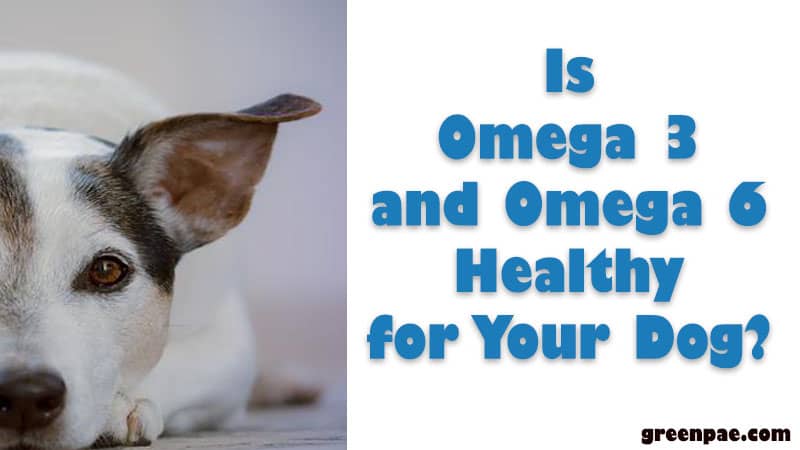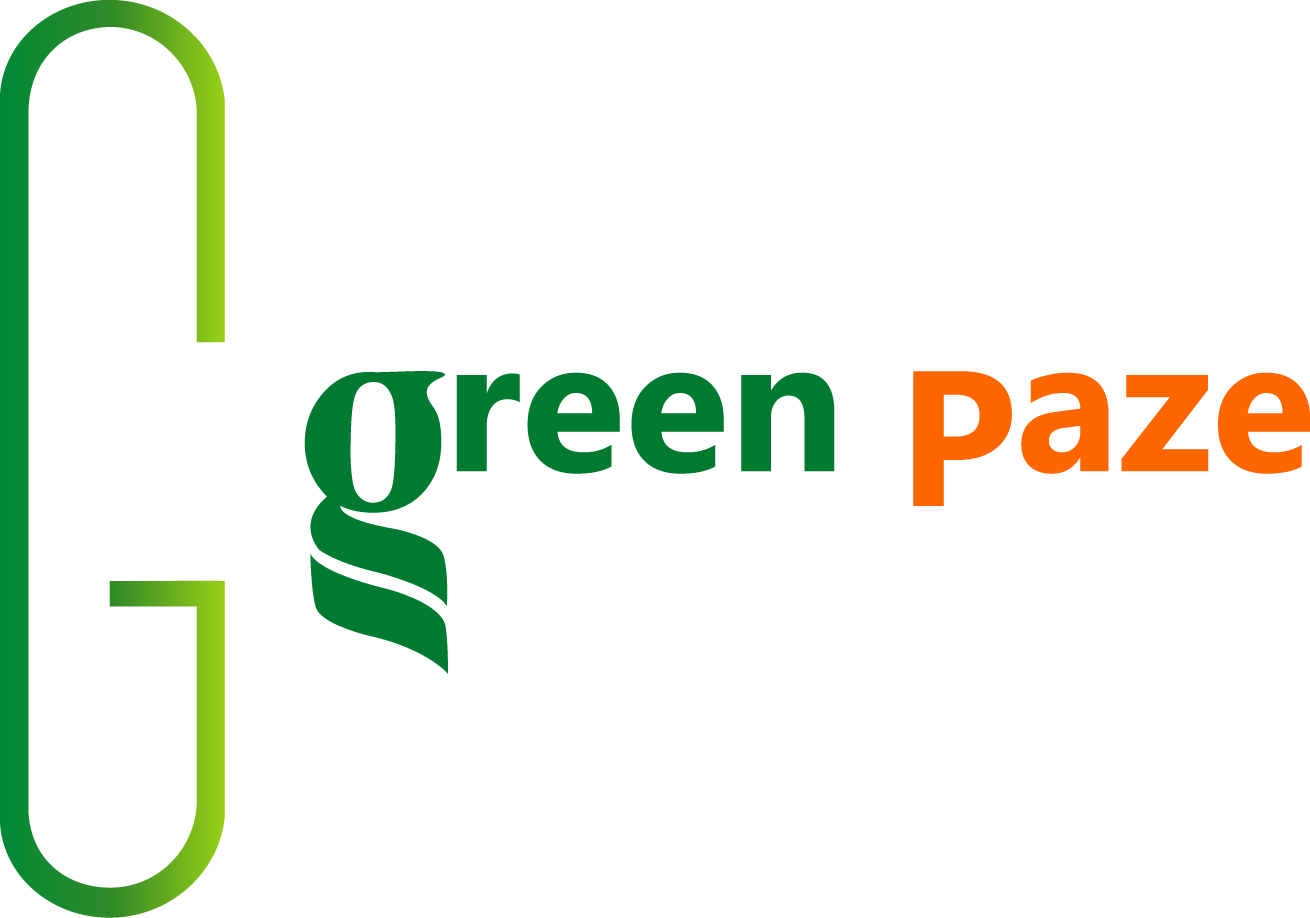
Food is needed to survive, to grow, but is that all? No, not at all. If there is no complete nutrition in the food, then the health will deteriorate and various physical problems will become apparent in the body which is not desirable. Simultaneously it applies to humans and dogs. In addition to other essential nutrients, omega 3 and omega 6 are essential and beneficial nutrients. It is important because, these two types of fatty acids that are essential for normal physiologic function, cell membrane structure, and the cell function of humans, as well as dogs.
Plenty of studies recently have shown that omega 3 and omega 6 fatty acids have very positive effects on dogs’ health. The studies revealed that omega-3 fatty acids can -
💦 Contribute to the brain development of puppies
💦 Increase, develop, and strengthen the immune system of dogs
💦 Reduce inflammation
💦 Increase the ability to fight cancer
💦 Contributing to the skin and coat health of dogs
💦 Gives energy to dogs
💦 Benefit heart health
We must ensure that our dog's diet includes a healthy mixture of omega 3 and omega 6. Beware of excessive consumption of omega 6 (found in commercial dog food), as it can cause inflammation, a favorable environment for cancer cells.
Omega-3 Fatty Acids: Good source of Dog Foods
Omega-3 fatty acids are naturally found in marine sources. Some commercial company uses fish oil or fish meal as ingredients to supply Omega-3 fatty acids.
Foods High in Omega 6
The following list is very important for pet food because these foods are rich in omega-6:
💢 Vegetable oil (safflower)
💢 Yolk
💢 Sunflower seeds
💢 Grain-fed beef
💢 Margarine
💢 Popcorn
💢 Turkey and chicken fat
💢 Peanut butter with a little added salt
💢 Turkey bacon
💢 Walnuts, almonds, and pistachios
Correct Ratio of Omega 3 to Omega 6 Fatty Acids for Dogs
It is important to achieve the perfect balance of omega 3 and omega 6 in a dog's diet. The lack of these fatty acids leads to health problems such as diabetes, cancer, and heart problems. Dogs cannot produce omega 3, for this reason, they need to incorporate it through a certain diet.
Dr. Doug Bibus (from the University of Minnesota) did a study on the effect of fatty acids in dogs and concluded that the ideal omega 6 / omega 3 ratio is between 2/1 and 4/1.
The amount of fatty acids present is very important and products that contain a minimum of 0.3% omega 3 and 2.2% omega 6 are recommended. After all, it would not make sense to establish a proportion of foods that contain little quantity of fatty acids.
How can I tell if there is not Enough Omega 3 in My Dog's Diet?
Puppies in general and especially puppies that are recovering from injuries or chronic problems, pregnant dogs, and those that are lactating, are those that need the fattiest acids.
Symptoms of a Lack of Omega 3 Include:
💦 Fatigue
💦 Joint pain
💦 Dry hair
💦 Brittle nails
💦 Dry, flaky, and itchy skin
How Much Omega 3 Should I Give My Dog?
The most convenient and easy thing is to add the right dosage of fatty acids to the dog's diet, using fish oil. Every dog is different, and the exact amount will depend on its size, how active it is, and its diet. However, we recommend that you try to consume the following amounts daily:
👉2 50 mg if you are small and weigh less than 6 kg
👉 500 mg if you are small and weigh between 6 kg and 13 kg
👉 1,000 mg if it is medium and weighs between 13 kg and 22 kg
👉 1,500 mg if you are large and weigh between 22 kg and 35 kg
👉 2,000 mg if it is giant and weighs 35 kg or more
Is Excess Omega 3 Dangerous for The Dog?
Although the positives outweigh the negatives, too much omega-3 can be detrimental to the health of your best four-legged friend.
The ability to produce platelets is reduced when a dog is injured and due to a lack of platelets, there is a risk that it will not be possible to stop a hemorrhage. This is important to keep in mind if the dog is to undergo surgery. Omega fatty acids act as anti-inflammatories and help dogs' bodies heal after an injury.
When inflammation occurs, white cells migrate through the blood to the affected area. If the inflammation is not carried out, the white cells will not be able to reach the site where the wound was generated to start the process of healing and creation of new skin. White cells also protect the dog from infection.









0 Comments